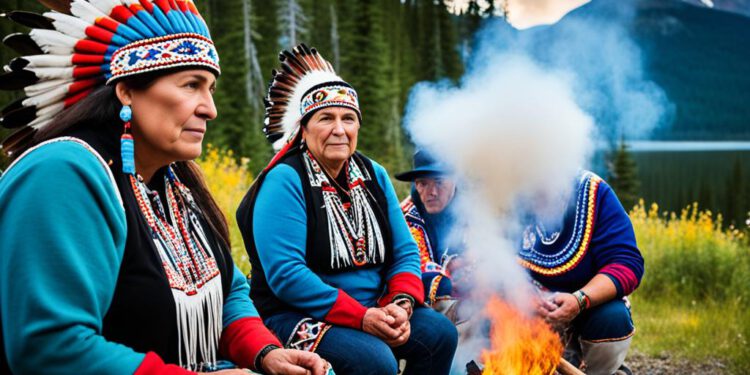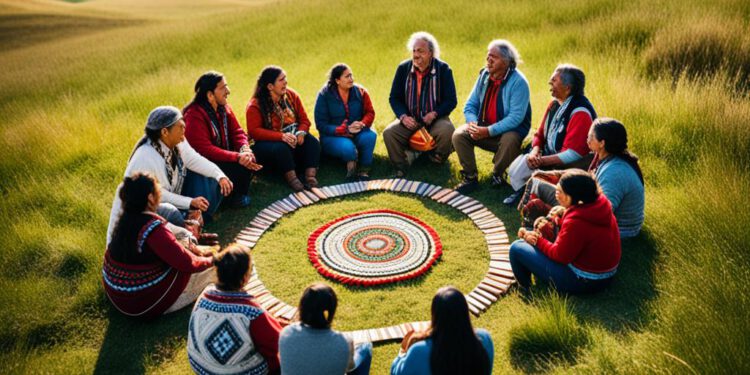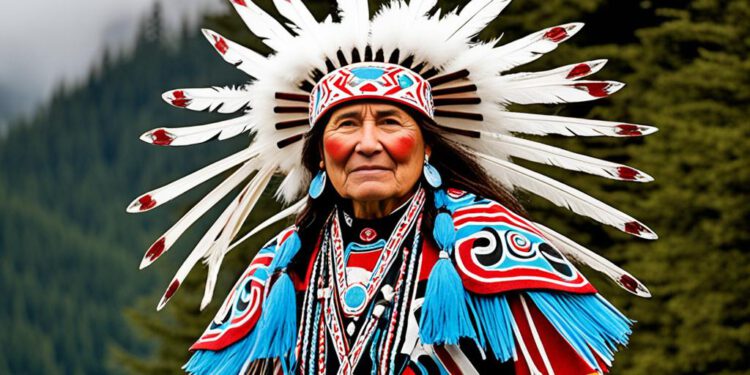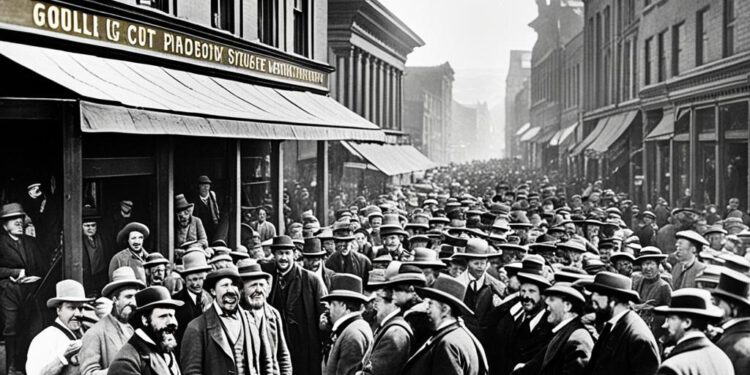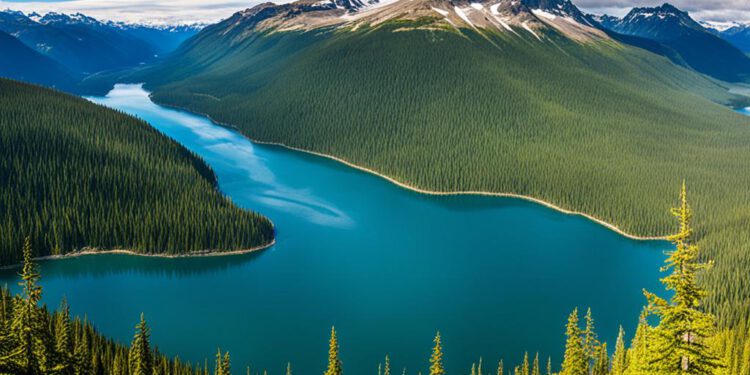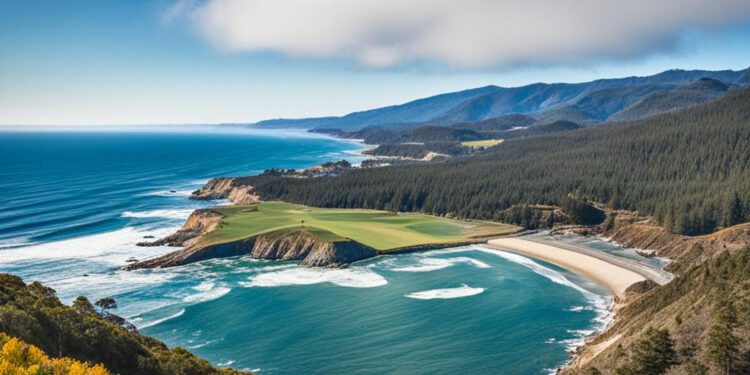Nestled along the stunning shores of Canada’s West Coast, Victoria Island holds a captivating history that spans centuries. From its ancient Indigenous roots to its colonial past under British rule, this enchanting island has evolved into the vibrant, culturally rich capital city of British Columbia that it is today. Embark on a journey through Victoria Island’s remarkable past, and uncover the key milestones that have shaped its extraordinary story.
The history of Victoria Island is deeply rooted in the presence and traditions of Indigenous communities, whose influence can be felt throughout the region. Explore the ancient civilizations and cultural heritage that have long thrived on these lands, and learn how the legacies of First Nations continue to shape the island’s identity.
As European settlers arrived, the island’s history took a dramatic turn, marked by the influential fur trade and the rise of the Hudson’s Bay Company. Discover the early European settlements that sprung up, and delve into the story of Fort Victoria, the heart of the island’s fur trade empire.
The colonial era also witnessed the profound impact of the Gold Rush, which forever transformed the landscape and demographics of Victoria Island. Uncover how this pivotal event left an indelible mark on the island’s development and shaped its political and economic landscape.
From the island’s political milestones to the architectural gems and cultural institutions that dot its landscape, this comprehensive overview explores the multifaceted history of Victoria Island. Prepare to be captivated by the rich tapestry of its past and the enduring legacy that continues to define this remarkable corner of Canada’s West Coast.
Unveiling the Indigenous Roots
Victoria Island’s history stretches back thousands of years, shaped by the rich cultural heritage of its Indigenous inhabitants. Delve into the ancient civilizations that have thrived on this land, where the presence of First Nations people has been a testament to their enduring connection to the environment.
Ancient Civilizations and Cultural Heritage
The Coast Salish, Songhees, and Esquimalt peoples have called Victoria Island home for generations, weaving a tapestry of vibrant traditions and spiritual practices. Explore their intricate artistry, from the intricately carved totem poles that stand tall as symbols of their heritage to the delicate weavings that showcase their mastery of textiles.
Uncover the stories of the ancient settlements that dot the island’s landscape, each one a testament to the ingenuity and resilience of these Indigenous communities. Discover how their connection to the land has shaped their way of life, from the sustainable fishing and hunting practices to the reverence for the natural world that is woven into their cultural identity.
Preserving the Legacies of First Nations
- Ongoing efforts to honor the Indigenous history and cultural heritage of Victoria Island through community-led initiatives and educational programs.
- Collaborations between local Indigenous groups and government agencies to ensure the preservation and celebration of First Nations’ legacies.
- The role of museums, cultural centers, and public art installations in showcasing the rich artistic and storytelling traditions of the island’s original inhabitants.
As Victoria Island continues to evolve, the commitment to reconciliation and the preservation of Indigenous history remains a steadfast priority. By embracing the legacies of the First Nations people, the island’s identity is strengthened, and a path forward is paved for a future rooted in mutual understanding and respect.
The Fur Trade and Hudson’s Bay Company
Victoria Island’s early history is deeply intertwined with the fur trade and the influential role of the Hudson’s Bay Company. This iconic Canadian enterprise played a pivotal part in shaping the region’s economic, social, and political landscape during the colonial era.
Exploring the Early European Settlements
As the fur trade expanded, the first European settlements began to emerge on Victoria Island. Attracted by the abundance of valuable pelts, traders and colonists from across the continent established outposts and trading posts, laying the foundations for what would become the island’s thriving fur industry.
Fort Victoria: The Heart of the Fur Empire
At the heart of this fur trade empire was the construction of Fort Victoria, a strategic trading post that became the center of commercial activity on the island. Built in 1843 by the Hudson’s Bay Company, this fortified settlement served as a hub for the exchange of furs, goods, and ideas, drawing in a diverse array of settlers, traders, and Indigenous communities.
The establishment of Fort Victoria marked a significant chapter in the island’s history, as it not only facilitated the growth of the fur trade but also catalyzed the process of European colonization and the gradual integration of the region into the broader colonial framework. This influential period left an indelible mark on the island’s economic, social, and political development, paving the way for the next stages of its transformation.
Colonization and British Influence
Victoria Island’s colonial past is deeply intertwined with the lasting impact of British rule. The island’s strategic location on the West Coast of Canada made it a prime target for colonial settlement, and the British quickly established a foothold in the region. The colonial era shaped the island’s political and social landscape, with the British monarchy exerting a significant influence that can still be seen today.
The Gold Rush and Its Lasting Impact
The discovery of gold in the Fraser River in the 1850s sparked a massive influx of prospectors and settlers to the region, forever changing the course of Victoria Island’s history. The gold rush transformed the island, drawing people from around the world to seek their fortunes. This influx of people and resources had far-reaching effects, from the growth of settlements and infrastructure to the shaping of the island’s political and economic landscapes.
The legacy of the gold rush can still be felt in Victoria Island today. The wealth and resources generated during this period helped to fuel the island’s development, contributing to its growth as a center of commerce and culture. The influence of the gold rush can be seen in the island’s architecture, its industries, and its enduring reputation as a hub of activity and opportunity.
- The colonial settlement of Victoria Island was heavily influenced by the British Empire.
- The discovery of gold in the Fraser River in the 1850s triggered a massive influx of prospectors and settlers to the region.
- The gold rush had a lasting impact on Victoria Island, shaping its political, economic, and cultural landscapes.
- The wealth and resources generated during the gold rush helped to fuel the island’s development and growth.
- The legacy of the gold rush can still be seen in Victoria Island’s architecture, industries, and reputation as a hub of activity and opportunity.
Political Milestones and Capital Status
Victoria Island has played a pivotal role in the political history of British Columbia. As the capital city of the province, it has witnessed numerous milestones that have shaped the island’s unique identity and its place within the broader Canadian landscape.
Shaping the Provincial Identity
The designation of Victoria as the capital city of British Columbia was a strategic decision that stemmed from the island’s growing importance and its strategic location. This decision not only cemented the island’s political status but also had a profound impact on its cultural and social development.
Over the years, Victoria has emerged as a hub of political activity, serving as the seat of provincial government and the home to numerous government institutions. This has fostered a strong sense of provincial identity, with the island’s residents taking great pride in their role as the capital of British Columbia.
- Designation as the capital city of British Columbia
- Emergence as a hub of political activity
- Fostering a strong sense of provincial identity
The political milestones that have unfolded on Victoria Island have played a crucial role in shaping the province’s identity. From the island’s strategic location to its growing importance, these events have left an indelible mark on the Canadian political landscape, solidifying Victoria’s status as a key player in the country’s political history.
Architectural Gems and Cultural Institutions
Step into the architectural marvels that grace Victoria Island, where historic buildings and modern wonders coexist in perfect harmony. From the iconic Parliament Buildings, adorned with Gothic Revival splendor, to the remarkable Royal British Columbia Museum, which showcases the island’s rich cultural heritage, you’ll be captivated by the island’s architectural heritage.
Dive into the vibrant cultural landscape of Victoria, where renowned museums, such as the Art Gallery of Greater Victoria, offer an immersive exploration of Canadian art and artists. Witness the island’s performing arts scene thrive at venues like the McPherson Playhouse, where you can experience the finest in music, theater, and dance. Victoria’s commitment to preserving its past while embracing the future ensures that its unique character and identity continue to captivate and inspire visitors from around the world.
As you wander the streets, you’ll be struck by the seamless integration of old and new, where historic buildings stand as proud sentinels, their timeless elegance juxtaposed with the sleek, modern structures that dot the skyline. This harmonious blend of architectural styles is a testament to Victoria’s unwavering dedication to preserving the past while nurturing the island’s evolution, creating a truly captivating and dynamic destination.



